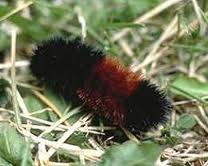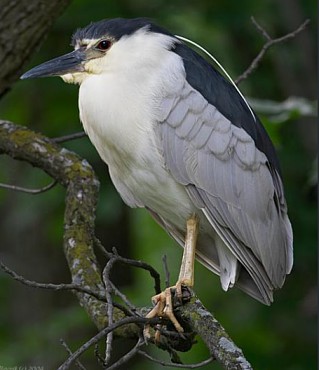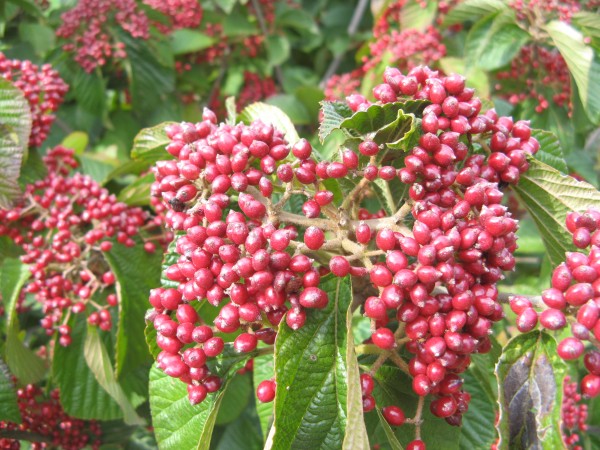
Several days ago on a hike with a few friends, a wooly bear caterpillar crossed our path. I was quick to share some wisdom gained from an ancient sage, friend and neighbor of my parents who departed this earth while I was still a schoolboy.
Black means cold, while brown suggests warmer periods. Since this one was black on both ends and brown in the middle, one knows that the winter will start early and cold and end likewise with a warming period in the middle.
Someone who earlier had been identifying all the butterflies we had been seeing, challenged me, suggesting that our hair hasn’t always been gray. He claimed that the hairs on the wooly bear change color as it matures.
If he expects me to consult the long range forecast to determine what winter challenges our gardens will face, I would be nervous.
Recent plantings, say since September 20, of potted material may not have had time o root in and may heave particially out of the ground with the freezing and thawing that normally occurs. A bit of mulch around the plant just after the ground freezes will greatly reduce this problem. I would be less concerned about bare-root material and plants relocated from one spot to another in your garden.
Plants that retain foliage during the winter continue to give off moisture. They should not be permitted to go into the winter lacking in moisture. That will not be a problem this year.
I’m sure most of us have planted some things in our gardens which are marginally hardy. Several years ago someone suggested that we could grow camellias in this area. I planted maybe half a dozen at various places in my landscape. All but one faltered and it is in a very sheltered spot. I got correct facts, but not the whole story.
I agree we can push the envelope a bit by studying the plant’s needs. Pick the right spot, extra mulch to protect the roots, or perhaps even wrapping the plant to shield the winter winds. Burlap is usually used.
To me, wrapping is a double edged sword. The wrap provides a warmer environment for the plant , but add a few leaves, and you have a perfect sanctuary for rodents and the destruction they can bring.
If we have plants that are winter tender, crape myrtles, caryopteris, peach, sweet cherry or butterfly bushes, quickly come to mind, do not prune them until spring is advancing. On the first two I will almost guarantee some winter dieback. Wait until you see new growth and cut away the dead. They bloom on new wood so you won’t sacrifice flowers.
Tender fruit trees are best pruned just ahead of bloom. Mulching strawberries is another good idea. I am not sure it helps yield but it sure keeps the berries cleaner at harvest.
Butterfly bushes are weird. They are tough as nails, but fall pruning is nearly lethal.
It seems that every year just when I start to think winter is about over the March winds appear to do some mischief. As I ponder what precautions to take, if any, I remember that the back end of that caterpillar was really black.
 Recently, the car, my wife and I spent two weeks of quality time together. Our primary destination was some farm fields just west of the Mississippi River in southwestern Louisiana.
Recently, the car, my wife and I spent two weeks of quality time together. Our primary destination was some farm fields just west of the Mississippi River in southwestern Louisiana. In their early days, one of the "Buy a membership to shop and save" stores offered the following slogan to lure shoppers, and I paraphrase; You never know what you will find around the next corner. I can’t think of a better description of a successful garden or motivation for bird watching, my other hobby.
In their early days, one of the "Buy a membership to shop and save" stores offered the following slogan to lure shoppers, and I paraphrase; You never know what you will find around the next corner. I can’t think of a better description of a successful garden or motivation for bird watching, my other hobby.